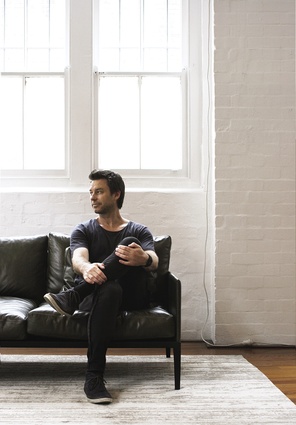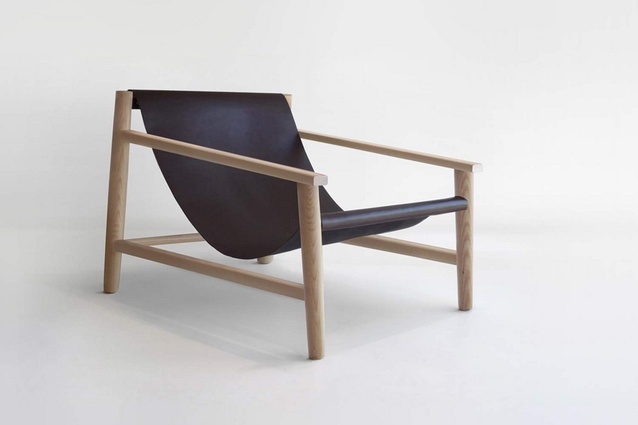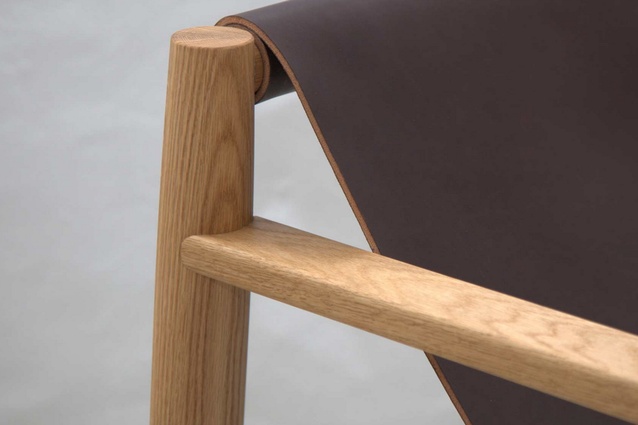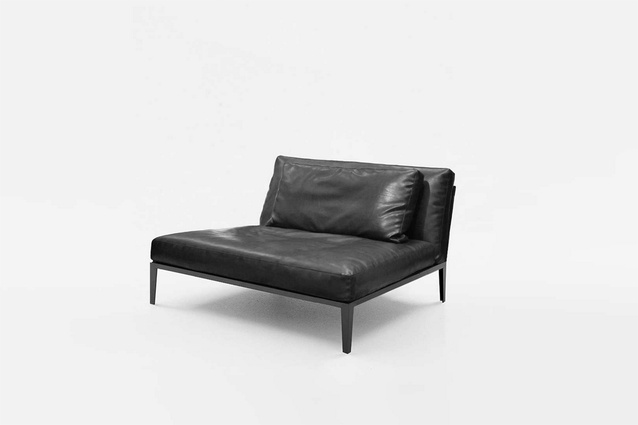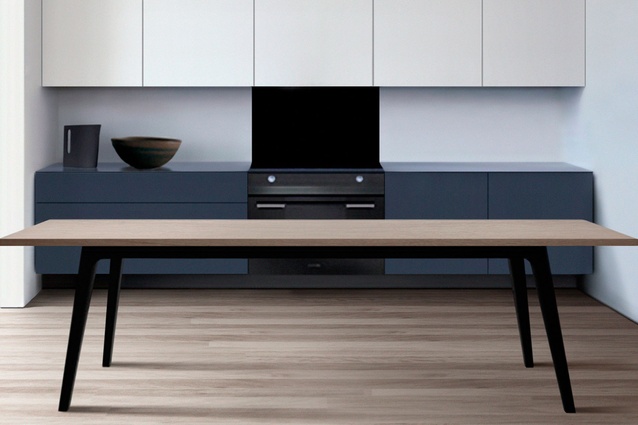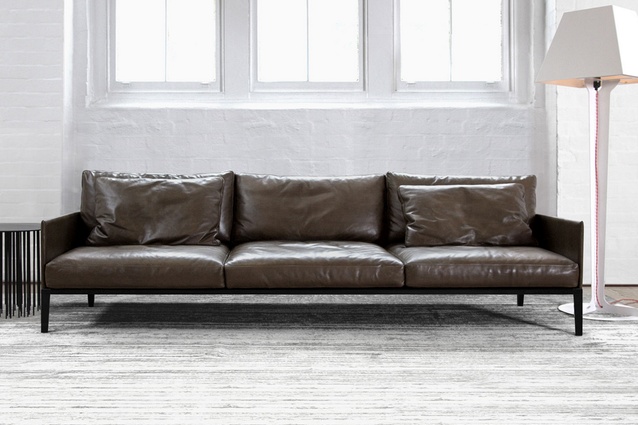Designer interview: Cameron Foggo
An expatriate designer sends some thoughts across the Tasman about working here or there, Christchurch and, designing furniture.
Cameron, you’re a second-generation furniture designer. Tell us a little bit about your early years. Where did you grow up? What did your parents do?
I was drawn to anything design orientated from a young age as both of my parents are designers. My father started his career by making cane furniture, which was very cool at the time, in our garage. When I was a child, I liked to watch and occasionally staple things together with the very dangerous and exciting high-pressure staple gun. He eventually opened a showroom. I remember at age six or seven drawing pictures of how I thought the window display should look – I was always trying to provide creative input. His business evolved over time and, many years later, I joined the family business. My prior work as an artist was quiet, while furniture design was quite exciting, so it quickly became something I was very passionate about. The initial years working for my father served as an apprenticeship of sorts. I spent a lot of time modelling his designs for clients. I learned a lot more on the job than I believe I ever could have from any other avenue. Eventually I created my own designs, which were commercially successful and things just built from there.
Do you recall your first design?
It was a floor lamp… the process involved a big block of Oregon and a chainsaw. You’re now based in Sydney after some time in Christchurch.
Was it difficult as a furniture designer to make a living in Christchurch?
The desire to push the boundaries was always an attraction for me. Trying to influence a conservative market in a smallish city such as Christchurch is a bit like pushing a sofa uphill. Tough. Christchurch was never going to be my main market – a good percentage of my pieces were being sent around the country. Simon James has represented a few of my designs for many years and he recently took on the full collection. While I was in Christchurch, I was always involved in Belle Interiors, my family’s interior design consultancy, and for a time was running a showroom called Solo Design Store, a division of the business importing and representing Vitra, Cassina, Minotti, Moooi and Driade, among others. Three or four big earthquakes were the catalyst for the shift to Australia, although a move over had been on the cards for some time. Christchurch was, and will be again, a fantastic place to live, but it is not ideal for growing a brand like Nonn. The loss of my showroom, while unfortunate, has led to greater opportunities.
Have you found that the scale of Sydney provides greater opportunity?
Definitely. The greater population means my pieces are exposed to a wider audience. Living Edge has really been looking after me – it has showrooms in Sydney, Melbourne, Perth and Brisbane – and I couldn’t have asked to be represented by a better company. It’s nice to have my work sitting among some of the world’s most renowned brands and some truly iconic pieces. I sort of hit the ground running, really. I’ve only just released my first collection of furniture into Australia and the response has been fantastic. The challenge will be to keep releasing better ranges each year. The market for well-designed pieces is greater here as there are more large-scale commercial projects. I like the fact that there is a lot going on industry-wise in Australia. Events like Saturday in Design are brilliant. It allows everyone to keep up with what is happening around the world, including locally made Australian design. Fortunately, I have been using the same New Zealand manufacturers that my family has been using for years; the downside of this is that it can be a challenge emailing photographs and drawings of products in development back and forward. Of course the upside is I have to travel home often and catch up with friends and experience all the things I miss while I’m in Oz.
Looking at some of your designs, I’d suggest that one unifying characteristic is a fineness of metalwork balanced with appropriate comfort. ‘Comfortable minimalism’, if I had to choose two words. Would you go along with that?
I wouldn’t use the word minimal. I’m all about comfort; I don’t like my upholstered pieces to be too hard-edged or clinical-looking. Most of my timber pieces are more sculptural. Fortunately, there has been a noticeable swing away from uninviting, minimal design towards a softer aesthetic, which has been particularly noticeable in the commercial sector. Elegant, sophisticated and timeless are the words that I hope most embody my work. The materials I gravitate towards also help determine the aesthetic. I love timber, black steel and leather, but I also play with iron, marble and perspex.
What’s on the drawing board?
I have a new collection in prototype, due for release next year. I’m also designing interiors in conjunction with Sydney company Project 82.
In the pantheon of designers, that is, the old school, do you have any favourites?
Or anyone from more recent generations? There are so many designers that I have respect for. I think my favourite though would be Jean Prouvé with his Cité armchair being my favourite piece. Another of my favourites would be New Zealand designer Jamie McLellan; I love his work – his Spar lamp is on my Christmas wish list.

